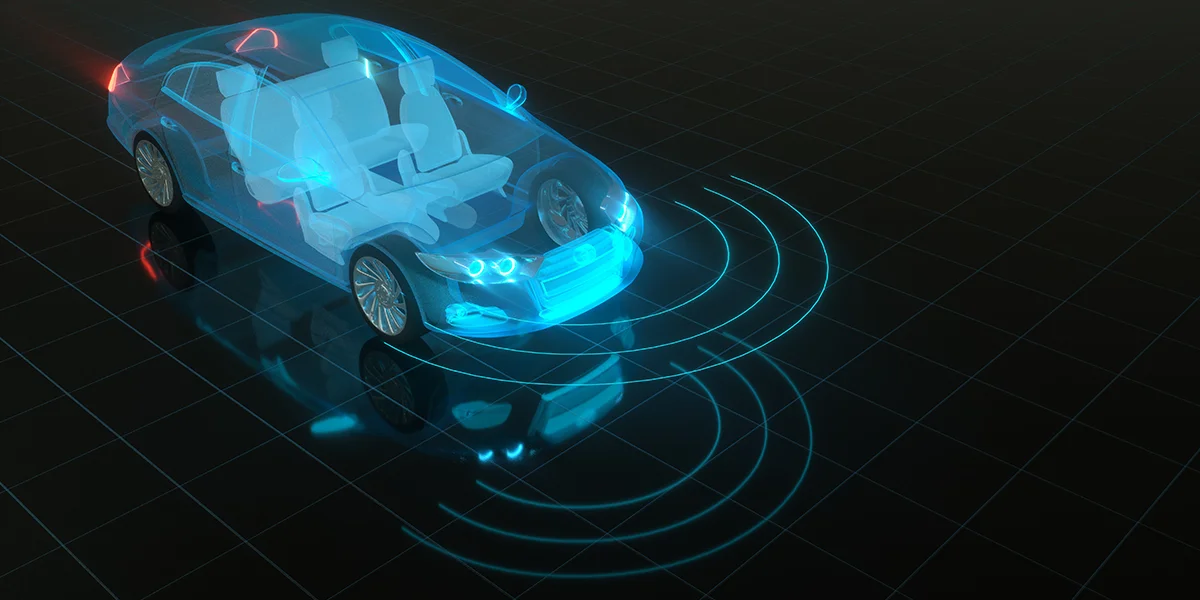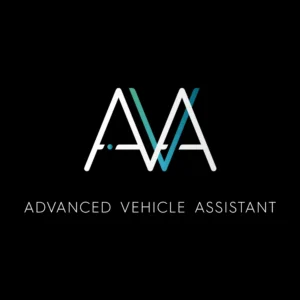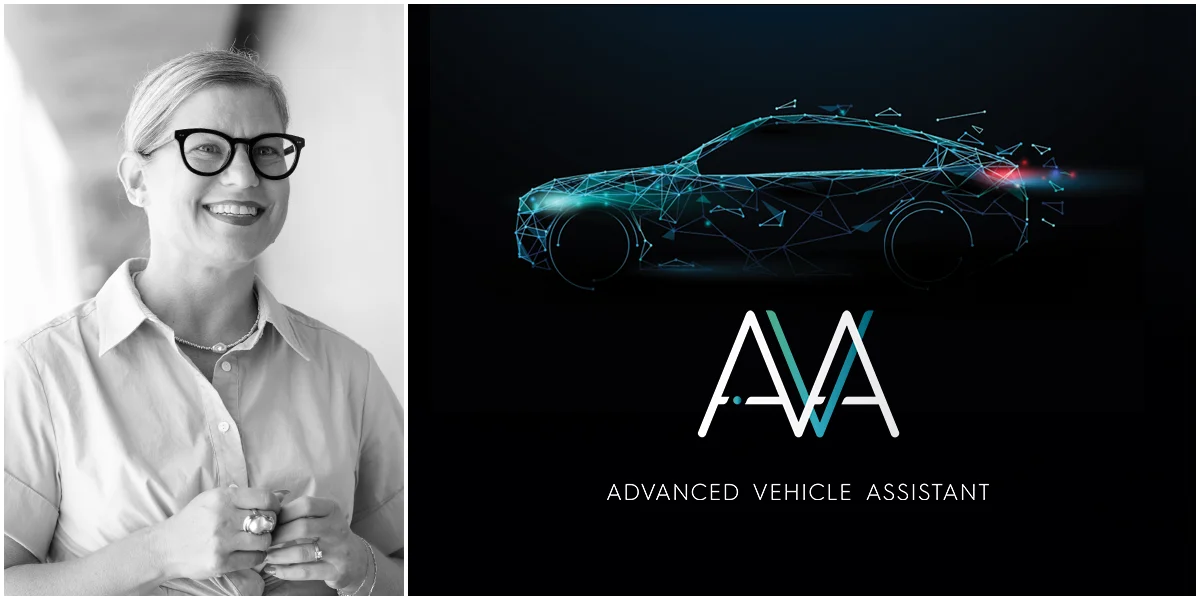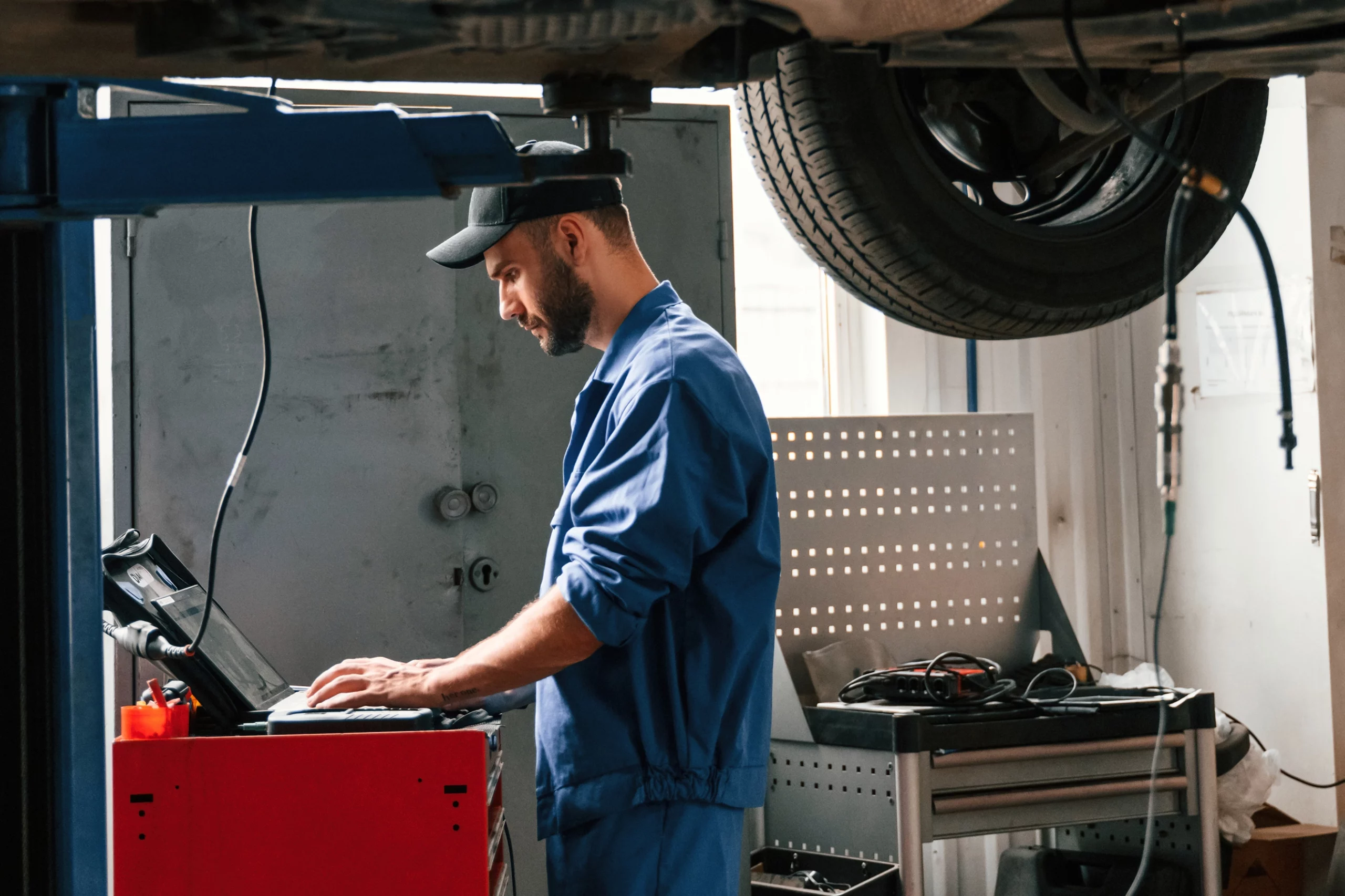In-vehicle assistance first appeared, in its earliest incarnations, as a two-way communication system designed to connect drivers with on-demand, live-agent help.
In 2016, with their In-Vehicle Help (IVH) platform, Tweddle Group reconfigured the concept as an interactive, all-digital touchscreen experience. However, at that time, it basically functioned as a way to access a vehicle’s static owner information with little-to-no VIN-specificity.
Now, as the technology reaches early maturity, it’s begun to incorporate artificial intelligence, and its latest iteration is transforming the way people interact with their vehicles.
Which brings us to AVA, the Advanced Vehicle Assistant. AVA represents a radical reinvention of the IVH platform. Its chief innovations involve the integration of AI and real-time communication.
Using a Large Language Model designed by iNAGO, AVA offers a conversational method for direct driver-to-vehicle interaction along with highly accurate, VIN-specific product information. The system also opens up real-time communication channels both from the OEM into the vehicle cockpit, and from the cockpit out into the larger product service and support community.
Laura McGowan has represented AVA from a business development perspective since fall 2024. She’s worked closely with Tweddle Group’s Product Development and Marketing teams during AVA’s branding process, and participated in its unveiling at CES 2025.
We spoke to her about AVA’s value, its potential, and how—for all its use of bleeding-edge AI technology—it’s a natural extension of her company’s original mission.
Laura, what can you tell us about your role at Tweddle Group, and how you see the company’s mission overall?
A lot of what I do revolves around connecting clients with the right products and services to help them build or optimize their owner and service information strategies.
Which is a complicated way of saying, we look at what companies are currently doing and find ways to make it more profitable and efficient for them, to improve their customer satisfaction. So, “Here’s a way to lower the cost of what you’re doing.” And/or “Hey, did you realize this part of your business could create new revenue streams while giving your customers a better daily experience with your product?”
Where do you see these things happening most?
There are a lot of exciting areas, you know, with Wayfinder in the diagnostic area, or with Functional Diagram, which is our #d, interactive wiring navigator. Service Commander, our service portal, just gets more and more interesting. But the one I’ve been spending some time with lately would be the AVA platform.
And that’s the next-generation version of In-Vehicle Help, correct?
Absolutely. That’s where it started, for sure.
AVA stands for Advanced Vehicle Assistant. It supports a whole range of OEM-driver interactions but, at base, it’s an AI-powered assistant designed to connect the driver to their owner information. This happens via spoken, conversational chat, video, printed text or proactive notification.

It’s context-aware, so it knows which means of communication is appropriate at specific times.
It interacts with the vehicle CAN bus, so it speaks in real-time to current vehicle conditions.
So, it’s based in the cockpit touchscreen. It presents as a multimedia interface through which drivers connect to and interact with the vehicle. And, by extension, it’s a way for the OEM to connect with the driver.
The generative AI creates a natural language element, so interaction is 100% conversational. The driver has whatever information they need, at the ready, in the exact way they need at the time.
You’re in the car, talking to the car.
Absolutely. You’re talking to the car, and the car talks right back. And better yet, the car knows what it’s talking about.
And, even better, thanks to the CAN [Control Area Network–ed.] bus integration, the car preemptively addresses your concerns and brings things to your attention if you need to know about them.
"It supports a whole range of OEM-driver interactions but, at base, it’s an AI-powered assistant designed to connect the driver to their owner information."
How does it preemptively address driver concerns?
Okay. For example, a warning light comes on. As often happens, the driver has no idea what that warning light means. Depending on the nature of the light, the system might proactively say, “This warning light has just activated, here’s what it means, and here are the steps to take to address it.”
Or, if it’s a non-emergency, the natural language model lets you ask for information about that light.
In either case, AVA grades the warning’s urgency. So, you know if it’s something that requires you to pull over and call for service, or a lower priority issue you can deal with at your convenience.
We’ve got quite a few warnings – lots on the cluster these days. A little more detail on those lights would be great.
In terms of safety, it’s really useful to know what means what. People are increasingly overwhelmed by the instrument cluster. Previous versions of in-vehicle assistance, you know, were static and sort of ran cut-off from the rest of the vehicle.
By being connected into the CAN bus, AVA is able to issue all kinds of constructive, prescriptive direction.
How does this prescriptive direction play out? Does it say, “See your authorized retailer,” or does it offer suggestions for the remedy itself?
Either-or, you know? It depends what the warning light is. The driver may very well be able to take care of it themselves, and if that’s the case AVA will say so.
The example we always use involves the radar sensors. It’s standard now for vehicles to have these radar sensors and cameras on the front and the rear.
So, let’s say your forward collision warning sensor light comes on. AVA will bring it to your attention, and say, “You see that? Your forward collision light has come on.” The system explains the situation, “There might be an obstruction,” and then walks you through the steps to troubleshoot it.

In this example, AVA will say, “The first step is to go wipe off that sensor and make sure it’s clear.” That’s something the owner could do immediately. It’s super common for those sensors to get blocked by snow or dirt, and in most cases just cleaning ’em off will do the trick. Problem solved.
But, in this scenario, let’s say the owner cleans the sensor and drives a bit more and the collision warning light is still on.
The driver simply says, “Hey, AVA, this warning light is still on.”
AVA will then be able to say, “OK, this could be a larger issue with the sensor itself.”
That’s when the system recommends a dealership visit, a trip to the authorized retailer, and it’ll even offer to schedule the visit for you. It’s a very comprehensive take on in-vehicle assistance.
What happens if it’s more urgent than either of those scenarios?
If something a bit more dramatic comes up, AVA will specify the scenario and say, “Pull over at the next convenient spot and follow these steps.” And then it will prescribe whatever is appropriate. This can be a huge safety win for the driver and for the OEM.
With all of this, in-vehicle assistance creates a more informed and educated consumer. You’ve eliminated unnecessary dealership traffic—the kind that wastes the consumer’s time and generates zero revenue—while increasing the number of legitimate service appointments.
And the impact here will be measurable as an increased Customer Satisfaction Index, as a decrease in No Fault Found, you know. Everybody wins.
You mentioned AVA opening channels of communication between the OEM and the driver. What can you say about that, and how does that channel benefit the OEM?
The most obvious benefit concerns safety recalls. And when you look at the current method for notifying drivers of a recall, that’s going to be snail mail.
Traditionally, you put the recall notice in the mail, send it to your customer, and you pray they read it.
That’s not necessarily the most reliable way to do things (laughs).
AVA lets the OEM deliver that recall message—immediately, the moment it’s cleared for release—directly to the owner of the vehicle and only the owner of the vehicle.
And once that recall notification appears through the head unit, it will recur until you, the driver, officially acknowledge receipt.
So, the car is serving you papers.
(Laughs) I mean, sure, but in a positive way. AVA will say, “Here’s what’s going on, here’s its level of importance and here’s what you need to do.”
(Laughs) “Sign here.”
Right, right. But, now the OEM has a digital paper trail of the driver accepting that notification, and saying they acknowledge having read it.
"At this point, the system will recommend a dealership visit and offer to schedule that visit for you."
In a multi-driver situation—let’s say—where you’re the owner but you have other family members driving, how does the OEM know you’re the one receiving the notification and not your 16 year-old son, or whoever?
That’s where driver profiles come in.
This will vary from one OEM to the other. But, generally speaking, the dealership will program different driver profiles at the point of sale, or the driver can add profiles manually later.
Let’s say you have a father and a daughter, John and Amanda. John’s profile indicates he’s the owner of the vehicle. Amanda is the daughter.

Those profiles are programmed in and could be linked to several things—maybe to separate and unique key fobs, maybe to biometrics. Or they could simply be selectable. When Amanda gets in the car, she wants to select her profile because then she’s got her radio presets, her preferred seat configuration, all of that. Again, it depends on the OEM. Whatever the mechanism, the system knows exactly who’s driving.
In the recall notification example, if Amanda is driving, the system will let her know there’s a recall alert, but she’s not authorized to officially acknowledge it.
If Amanda is feeling particularly talkative, she might tell her father later, “Hey, there’s some notification in the car, it says you need to look at it.” (Laughs) Or maybe she won’t. In either case, AVA’s going to flash that notification until John—the owner—officially acknowledges it.
In Part 2 of our interview, we’ll discuss the ways in which AVA’s brand of in-vehicle assistance might reward OEM research & development, facilitate new feature adoption, and send driver satisfaction through the roof.
Special thanks to the Cranbrook Institute of Science and The Office coffee shop for hosting our photoshoot and interview.


